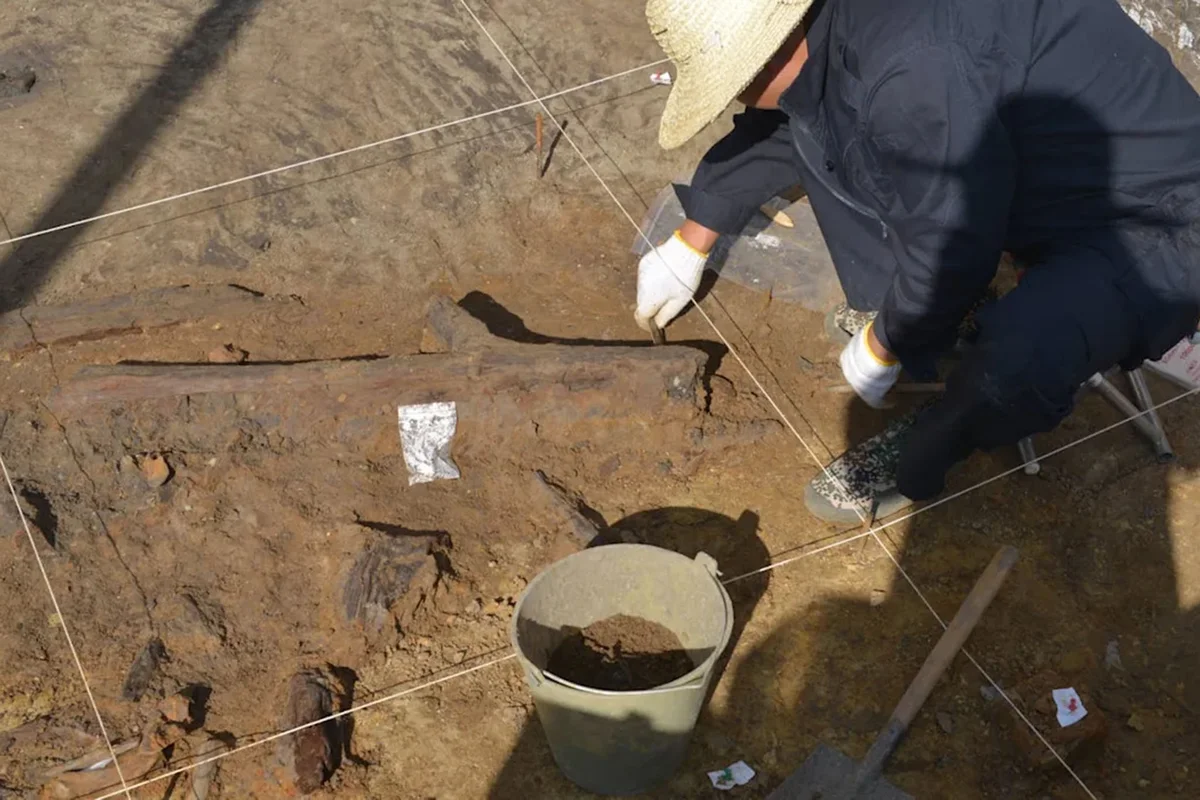By Vishwam Sankaran
A significant trove of 300,000-year-old wooden tools has been unearthed at the Gantangqing archaeological site in Yunnan province, south-west China.
These rare tools, preserved in oxygen-deprived clay sediments, suggest that early human ancestors in East Asia primarily relied on underground plants such as roots and tubers for sustenance.
Unlike the hunting implements found in Europe and Africa from the same period, the Chinese tools include digging sticks and unique hook-shaped implements, indicating a distinct plant-based survival strategy.
The findings, published in the journal Science, shed light on the advanced cognitive skills of early humans in the region and challenge previous assumptions about early human adaptation and diet.
This discovery fills a notable gap in the archaeological record, demonstrating that wooden tools were used by early humans across a broader global range and adapted to diverse local environments.
